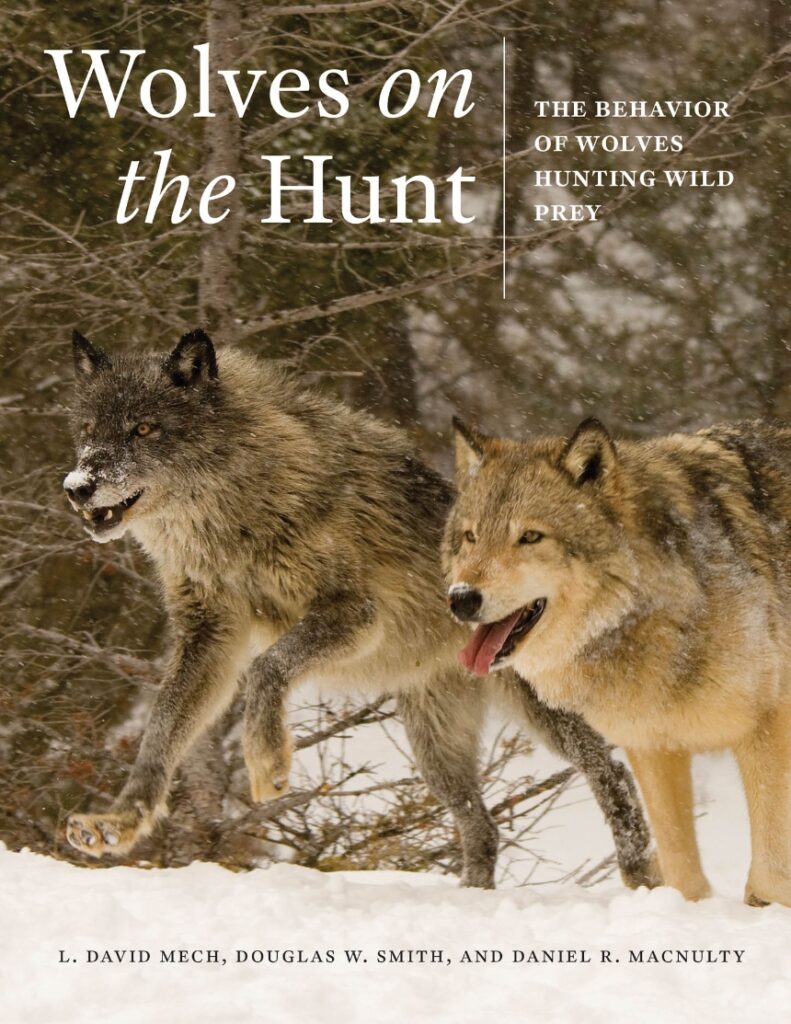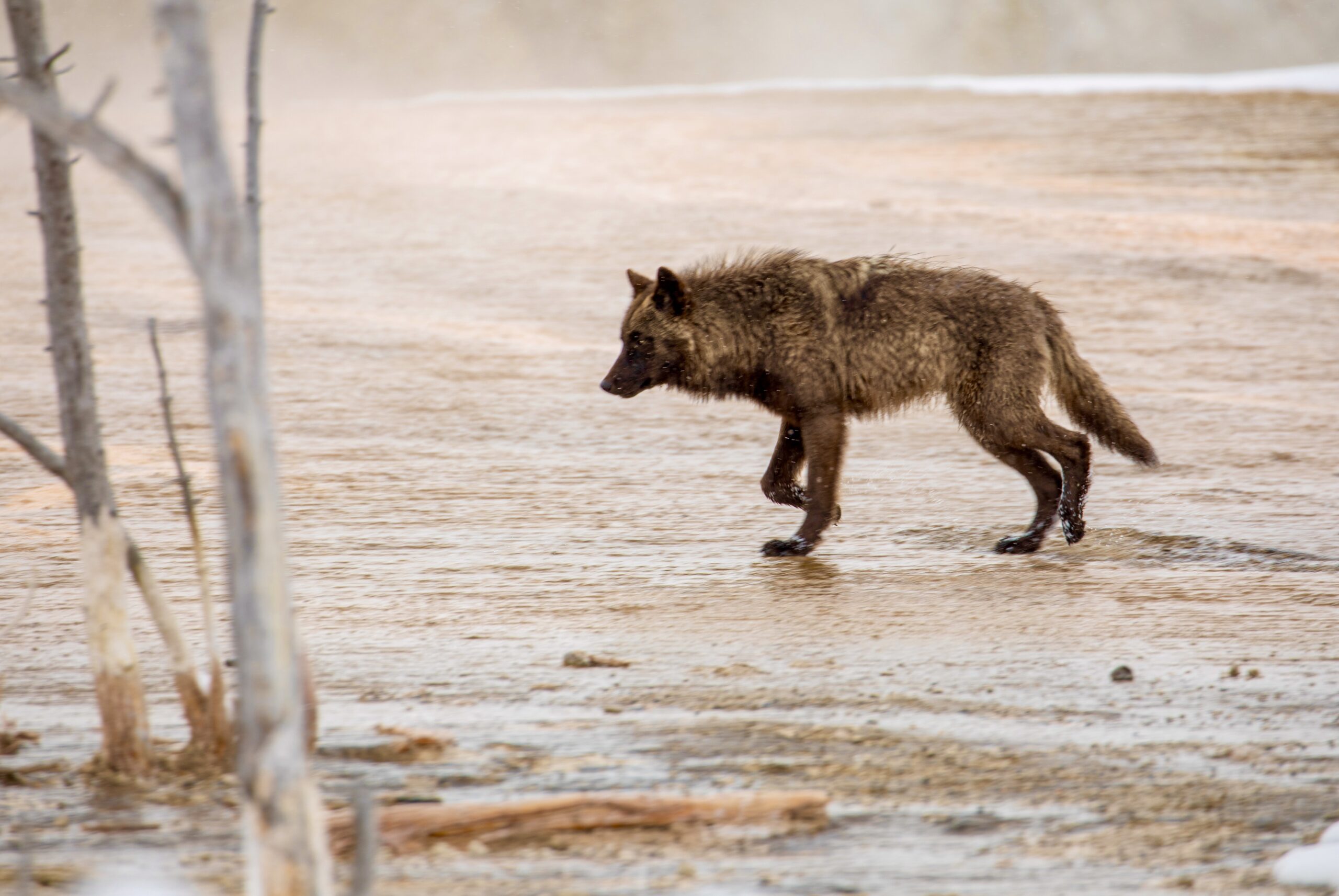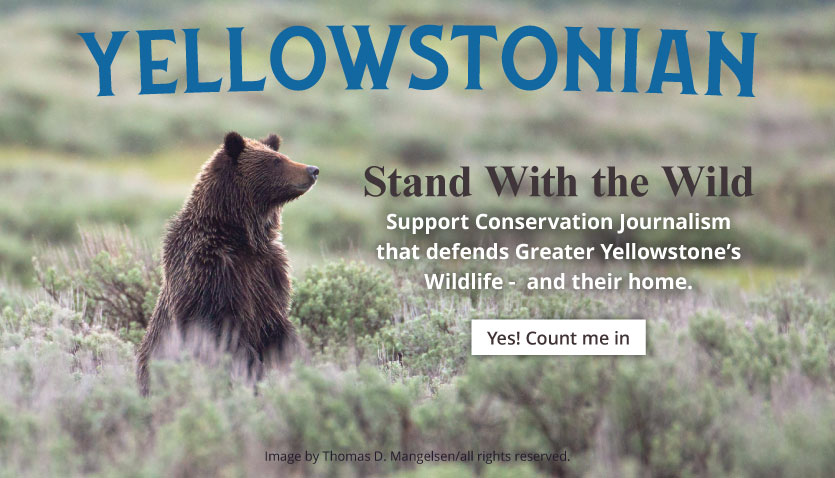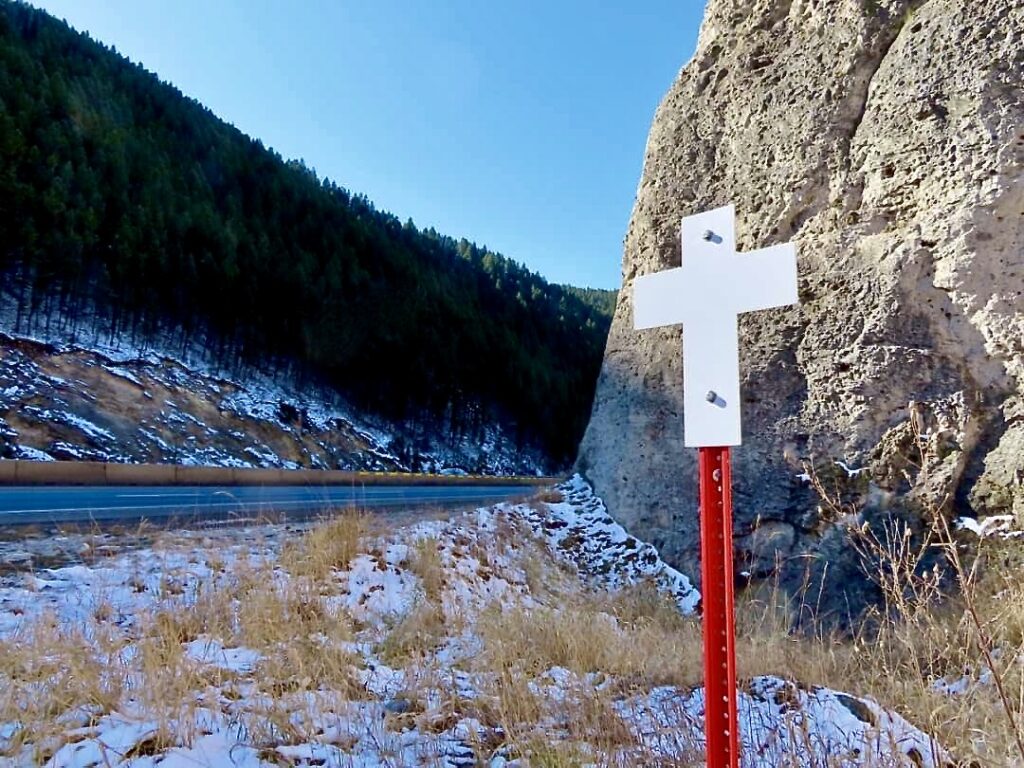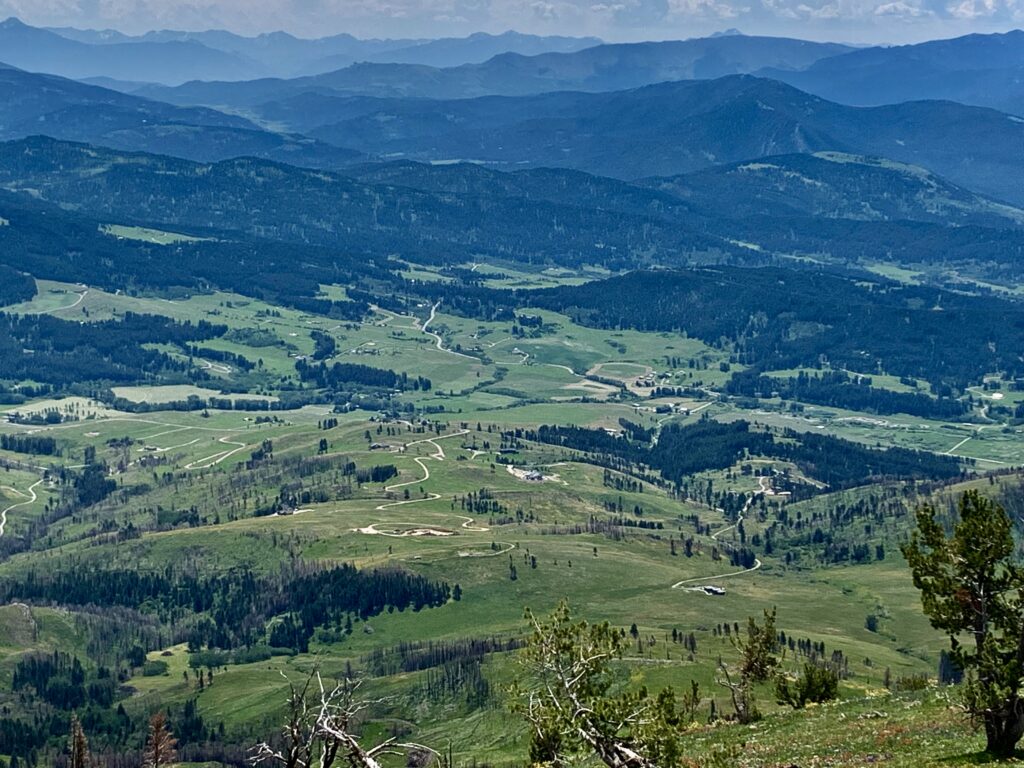EDITOR’S NOTE: Little Red Riding Hood returned to Montana in the early weeks of 2025. In January, a hearing will be held on a bill introduced by state legislator Shannon Maness of Dillon. House Bill 176 would allow unlimited killing of wolves by a single human. It would eliminate all quotas on “wolf harvest” above 450 individuals, cutting the current state wolf population by more than half, and allowing more trapping/shooting of wolves that move outside of Yellowstone National Park. The bill is premised on assertions that wolves are devastating big game and causing severe hardship to livestock producers. Both of those are blatantly false. Loss of habitat is the biggest threat to wildlife and macro-socio-economic issues—not wolves or grizzlies—are by far the biggest threat to ranchers. Here is a piece of ours written in response to similar false assertions made about wolves earlier in Colorado but it’s applicable to any state with wolves in the Lower 48.
By Todd Wilkinson
I’ve been an environmental journalist covering the American West for nearly 40 years. There are expectations, internal and external, that come with our profession. One is endeavoring to leave readers smarter and better informed if they choose to indulge us with their time.
Regarding the First Amendment of the US Constitution and the eminency given to freedom of the press, some say the pen is mightier than the sword in maintaining a functional representative democracy, where people in power are held to account.
What happens, though, when the news media, be it your local newspaper or national TV network or cable station, spews pure ecological nonsense that, under the normal tenets of journalistic fact-finding, cannot stand up to serious, rigorous scrutiny?
Who calls out the media?
Today in our beloved West there’s a huge problem with how some environmental issues are reported. It involves the inability of reporters to seemingly differentiate between fact and fiction. This includes untangling pernicious mythology that still informs both public attitudes and related frontier-era public policies.

If news media condones and gets by with circulating distortions, then how will the public ever know what the truth really is?
Consider how some members of the media continue to portray wolves. A telling example is a recent editorial published by the Colorado Springs Gazette editorial board. Founded in 1872, the Gazette declares with pride that it has won a couple of Pulitzer Prizes over the years. The irony of the Gazette’s recent editorial—on the 2023 reintroduction of gray wolves to the state—is evidence of ecological ignorance within the Fourth Estate.
The Gazette’s editorial writers declare in the second sentence of their op-ed: “ Since introduction, wolves have killed at (sic) nearly two dozen heads (sic) of livestock this year — not including undocumented kills —and Colorado Parks and Wildlife (CPW) seeks more wolves.”
Two dozen cows or calves, maybe a few more.
Yes, that’s right, just two dozen cattle in a state with close to three million cows being raised on tens of millions of acres of private and public land—the vast majority for human consumption as beef on our dinner table.
When considered in context, the depredation figure is a mere blip statistically speaking, and it is even more so were the editorial writers to actually provide their readers with an answer in response to this question: Two dozen livestock losses, in comparison to what?
The number of cattle taken by wolves, were it 100 or 200 by year’s end, would still be nominal, given that tens of thousands in recent years have perished by a variety of other means—be it weather-related, disease, injury, eating poisonous plants, or calves taken by coyotes and free-roaming domestic dogs.
At this very moment, however, the livestock industry in Colorado and its rural elected officials, obviously playing to the base instincts of their constituents, have worked themselves into a lather about wolves. Wolves have become the catalyst for heated rallies, intimidation tactics directed at wildlife officials and conservationists, and, quite frankly, a fulcrum for specious exaggeration.
One wonders about the opportunity cost of time and energy lost to howling about wolves that might have been applied to addressing real threats to ranchers and farmers.
On top of it, there’s legislation introduced by US Rep. Lauren Boebert of Colorado called the “Trust the Science Act.” Indeed, it would be an insightful exercise for an aspiring journalist to examine how much of what the Congresswoman says about the science of wildlife management and environmental laws is trustworthy. Boebert recently said while attending the Republican National Convention in Milwaukee that if Donald Trump is elected president for a second term, he ought to nominate her as the next US Secretary of the Interior.
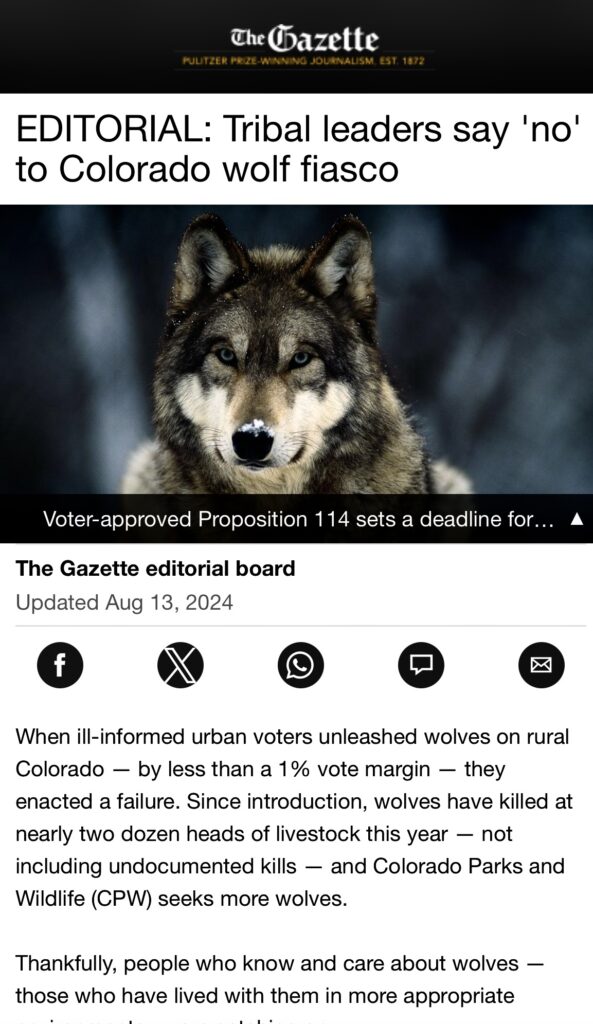
We as journalists in the Northern Rockies have contended with this kind of hysteria before and it’s disappointing to see it play out as a re-run in the Centennial State.
Based on a sampling of wolf-related reporting that’s happened in Colorado so far, it’s obvious some members of the media have not bothered to consider the actual impacts of wolf restoration within a bigger picture, nor have they delved much into what we journalists in the Northern Rockies know to be true. Our perspective is shaped by writing about the largest wolf population in the West and examining data that has accumulated over the last 30 years since wolves were reintroduced to Greater Yellowstone and central Idaho.
To put it in simple terms that, perhaps, even the urban editorial writers of the Colorado Springs Gazette can understand: Living with wolves is really not that big of a deal for “the livestock industry”—not only in the Northern Rockies but in Minnesota where there are 3,000 wolves inhabiting a part of the Upper Midwest with 12,000 farms.
To put it in simple terms that, perhaps, even the urban editorial writers of the Colorado Springs Gazette can understand: Living with wolves is really not that big of a deal for “the livestock industry”—not only in the Northern Rockies but in Minnesota where there are 3,000 wolves inhabiting a part of the Upper Midwest with 12,000 farms.
Some three decades ago, the ranching and outfitting industry up here predicted that wolves in the Northern Rockies would wipe the landscape of cattle, sheep, elk and other big game species before then preying on people. That obviously didn’t happen; far from it. Wolves do not pose an imminent daily menace to the safety of ranch kids waiting at rural bus stops, nor to vulnerable grandmas and grandpas sitting on the front porch, nor to 99.9 percent of pets who have responsible human caretakers.
Yet the Colorado Springs Gazette, in its editorial, penned this:
“Though a slim majority of voters romanticize wolves roaming the countryside — away from their children and pets — few had studied the issue to know whether Colorado was a proper environment for doing this. It is not. There are too many people settled on the Western Slope — a region increasingly attractive to developers and urban newcomers. That means too many likely conflicts between wolves, livestock, pets and — God forbid — human beings enjoying the wilderness.”
Yes, God forbid. God forbid the Pulitzer-Prize-winning Colorado Springs Gazette would have the courage to ground-truth such absurd fear-mongering rather than pandering to a mentality that undermines Colorado’s image as a state where wild nature and beauty are treasured, and, certainly, has been monetized ad nauseum.
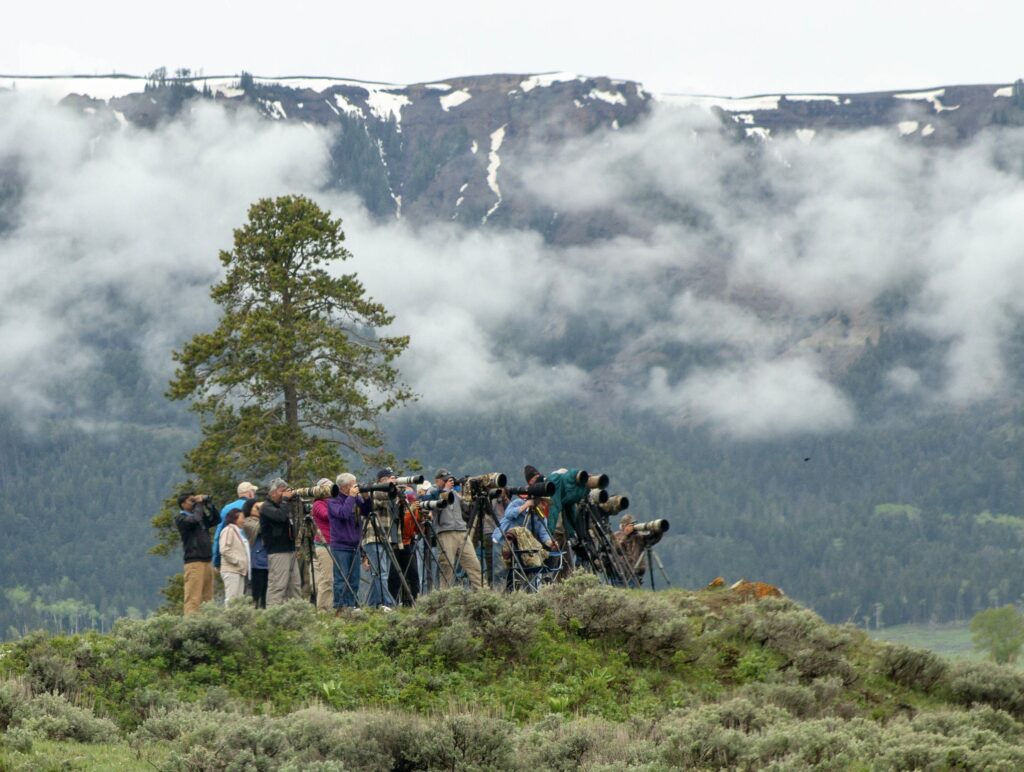
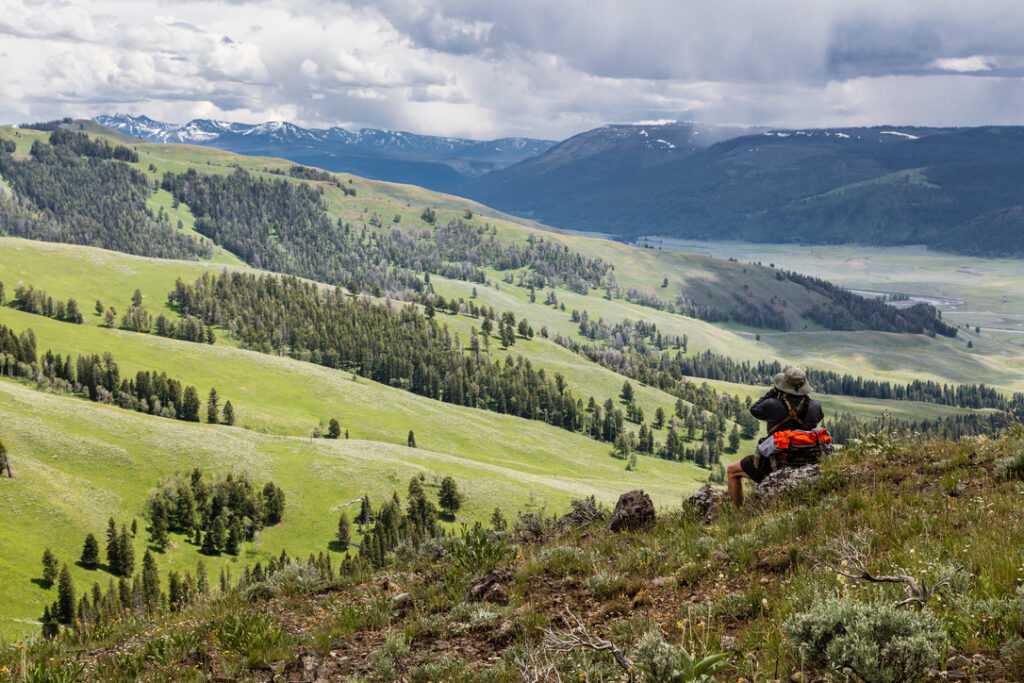
To put the alleged danger of wolves in context, Yellowstone not far from where I live will likely notch more than 4.8-million human visits this year in a national park with around 125 wolves and a few hundred grizzly bears. More than 100 million visits to the park have happened since wolves were brought back in the mid 1990s. Using the Gazette’s logic, you might assume Yellowstone would be a very scary place for loyal readers of Little Red Riding Hood to wander.
Perhaps the Gazette could inform us now how many park visitors, especially wilderness backpackers, have been eaten or terrorized by lobos? Perhaps the news paper could also tell us how many farmers and ranchers in the Northern Rockies have been driven out of business by wolves.
It wouldn’t take more than a phone call for an enterprising rookie Gazette reporter to get an answer but zero is a rather inconvenient fact that contradicts the titillating tone of the paper’s editorial writers.
Another problematic fact is that Colorado, which has the largest elk population of any state in the US, is dealing with some angry ranchers who want wapiti numbers reduced because they compete with cattle for grass and sometimes break fences. Colorado also has a growing Chronic Wasting Disease problem and wolves, scientists say, can help with both. They can help regulate elk numbers and be allies in controlling the spread of CWD, an always-fatal disease in members of the cervid family that includes elk and deer.
Another question the Gazette might ask is how elk populations and hunter success rates are doing these days in Wyoming, Montana and Idaho since wolf reintroduction? Here, again, the editorial writers might not wish to learn the answer. There are actually more elk in these states today than 140 years ago, with wapiti numbers considered near, at or above population objectives in most hunting districts. On their websites, outfitters and guides sell hunts to clients for thousands of dollars and boast of success.
In 2020, voters in Colorado went to the polls and by a slim 51 to 49 percent margin approved Proposition 114, a first of its kind in the nation ballot measure that instructed the Colorado Parks and Wildlife Commission to reintroduce wolves, some 80 years after they were eradicated to make the state safe for cattle and sheep.
The vast majority of “yes” voters live along the front range of the Colorado Rockies while most “nay” voters reside in the western third of the state. Just because a person is a rural Coloradan or an urban one, however, does not guarantee that a person is more ecologically literate or ignorant.
In December 2023, Colorado released the first of 10 transplanted wild wolves that had been captured in Oregon and there are tentative plans to add another 15 more. The Gazette characterizes the effort as a “predictably disastrous reintroduction scheme.” Once again, context is lacking and the paper is rendering its judgment based on what and compared to what?
Two dozen cattle and/or sheep lost—or even ten times that number in a total cattle population of millions— is hardly tantamount to a crisis or natural disaster, certainly not one warranting a grandstanding editorial in one of Colorado’s major newspapers. A single winter or spring blizzard in Colorado can take out that many animals in a matter of hours. And, just as most ranchers take precautions to better protect their livestock against exposure to weather, there are things they can do to markedly reduce the threat that wolves pose to cattle and sheep, especially during calving and lambing time. (FYI: for a few decades I was an environmental reporter correspondent for The Denver Post and my editors there were sticklers for facts. Had I written stories using the same assertions made by Gazette editorial writers, my editors would have compelled me to prove their veracity and I wouldn’t have been able to).
Two dozen cattle and/or sheep lost—or even ten times that number in a total cattle population of millions— is hardly tantamount to a crisis or natural disaster, certainly not one warranting a grandstanding editorial in one of Colorado’s major newspapers. A single winter or spring blizzard in Colorado can take out that many animals in a matter of hours.
According to Terry Matlock with the US Department of Agriculture, Colorado has 69,000 farmers and ranchers. “Of the total land area of 66.3 million acres, 31.8 million acres were used by the 38,893 farms and ranches throughout the state, according to the 2017 Census of Agriculture,” Matlock wrote. “The state’s market value of agriculture products sold was $7.49 billion. Although very diverse, livestock is the No.1 commodity accounting for $5.3 billion or 70 percent of total value. The inventory for cattle and calves makes Colorado 10th in the nation with 2.8 million head; Colorado places fifth in the U.S. with 1 million cattle on feed.”
True, wolves have impacts. It’s important to note that a few individual livestock producers, relatively speaking, are likely to be impacted by wolves, but their losses should not be embellished, in a flourish of rhetorical extrapolation, to suggest wolf-related predation is widespread—or that wolves lurk as bogeymen in the shadows of every forest ready to pounce. Read this Yellowstonian story about a retired government depredation expert who says livestock losses were routinely inflated. Carter Niemeyer, who is highlighted in that story, says there are provisions to lethally remove wolves that become habituated to people or which chronically prey on livestock, as that is common sense.
Moreover, as part of the state’s strategy that laid the groundwork for reintroduction, ranchers are handsomely reimbursed for their losses and there are plenty of added services available to help them better protect their livestock. Learn more about how the state of Colorado deals with livestock depredation by clicking here. Let us not forget that many millions of dollars, in the form of taxpayer subsidies, are already being spent to aid ranchers in lethal predator control of coyotes, black bears, mountain lions and eagles; offering disaster relief for weather/climate events that kill livestock and crops; and below-cost grazing fees that ranchers pay for the privilege of fattening up their private cattle and sheep on public land grass.
On the face of things, the outcry from some members of the ranching industry in Colorado is more than just disproportionate to the facts, but suggests wolves are being used as symbolic surrogates in order to vent larger cultural and perhaps ideological frustrations. That phenomenon is actually great fodder for a story.
It’s damned hard work, after all, to make one’s living on the land. Long hours, stress related to weather, fluctuating market conditions, kids not wanting to carry on the family business and rising costs of production are existential threats, but losses of cattle to wolves do not rank high among them. If you talk with ranchers off the record, as I often do in the Northern Rockies, they admit that’s the case but few will publicly acknowledge it because they fear becoming alienated from their own ranching community which uses wolves as a convenient scapegoat. Where one stands on wolves is a test of loyalty to other members of their community.
The polemical atmosphere isn’t helped when a newspaper enters into the fray, motivated by an obvious intent of inflaming divisions rather than presenting information that can actually help defuse conflict based on fairy tales. Here, the Gazette missed a golden opportunity to educate its readers and be a newspaper that is truly Pulitzer worthy.
The idea that no rancher ought to incur impact from public wildlife is as absurd as believing that no public fishable streams will escape impacts from livestock grazing or that water diversion from public streams to grow alfalfa in order to feed livestock will not damage aquatic life. Ranching comes with inherent risks and losing animals to carnivores in big open spaces of the West is part of the cost of doing business.
Congresswoman Lauren Boebert lambasts “out-of-touch Denver and Boulder leftists” for voting to bring wolves back but she doesn’t apparently grasp that those same people each year, through their tax dollars, help underwrite subsidies and reimbursement programs to keep ranchers in business.
Although zero loss of livestock to carnivores was an objective brutally executed when annihilation campaigns aimed at wolves, grizzlies and mountain lions were carried out successfully on millions of acres of land at the end of the 19th century and into the first half of the 20th century, that kind of special use dominance no longer flies. The public values wildlife.
For comparison, in a state like Montana, the longer that residents live with wolves on the landscape and become more accustomed to them being there, the more that tolerance rises. However, in neighboring Wyoming where it’s still legal for people to run down wolves to their deaths with snowmobiles, and where wolves in 85 percent of the state can be killed by almost any means, 24 hours a day, 365 days a year, using killing methods that most modern humans would find unspeakable if carried out against their dogs, modern values of decency have been slower to arrive.
If the Gazette is truly interested in looking out for the welfare of rural Coloradans, then it’s not focusing on the real threats to the survival of legacy ranching families. Those threats are: rural sprawl and residential subdivisions making it harder for livestock producers in some areas to operate at scale; rising costs of production, losses owed to diseases, foul weather, livestock eating poisonous plants and losses to coyotes, and, the big one, the drying out of the West owed to climate change.
The Gazette also asserted in its editorial: “Colorado’s wolf reintroduction is such a bad idea that Idaho, Montana and Wyoming have also refused to provide wolves.” The fact that the states of Wyoming, Montana and Idaho, along with the Confederated Tribes of the Colville Indian Reservation, are not willing to provide wolves for further augmentation of the wolf population in Colorado is not based on any compelling scientific reasoning. Rather, it’s political maneuvering that, at least on the part of the states, demonstrates they still hold a grudge against such things as wolf and grizzly recovery. Ironically, bringing back both species has fueled a nature-tourism economy in the Northern Rockies, anchored by wildlife watching, worth billions of dollars. A recent study noted that wolf watching, by itself, generates almost $83 million annually in economic activity for communities around Yellowstone. One could easily see something similar happening in Rocky Mountain National Park in Colorado and, if it does, the amount of dollars generated from wolf watchers to the state economy will far exceed wolf-related costs.
The Colorado Springs Gazette is not the only media outlet that prints hyperbole it knows is beyond the pale of legitimacy. Not long ago, the Cowboy State Daily in Wyoming published a piece in which it allowed a rancher in Colorado to claim that “Oregon wolves”—which were transplanted to Colorado—are somehow bolder than normal wolves and today are sowing hardship and terror on livestock producers. Similar assertions in the Northern Rockies were made about “Canadian wolves” reintroduced to Yellowstone and those claims have been and can be, readily debunked.
Still, the Colorado Springs Gazette wrote: “The Colville Tribes — along with authorities in Idaho, Montana and Wyoming — deserve accolades for acting in the best interests of American Indians and other rural Coloradans for declining to help with a program that jeopardizes people, pets, livestock and wolves. Given the level of rural anxiety regarding this failed project, wolves face the grave danger of rural residents killing them in sheer anger and frustration.”
Right now, the best way to tamp down “sheer anger” is for newspapers of record to stop publishing assertions that validate mythology and encourage anti-wolf vigilantism. That is true journalism in the public interest and it’s badly needed, now more than ever.
Note to readers and fact-seeking journalists. Here are a couple of authoritative, science-based books on the real behavior of wild wolves:
Yellowstone Wolves: Science and Discovery in the World’s First National Park
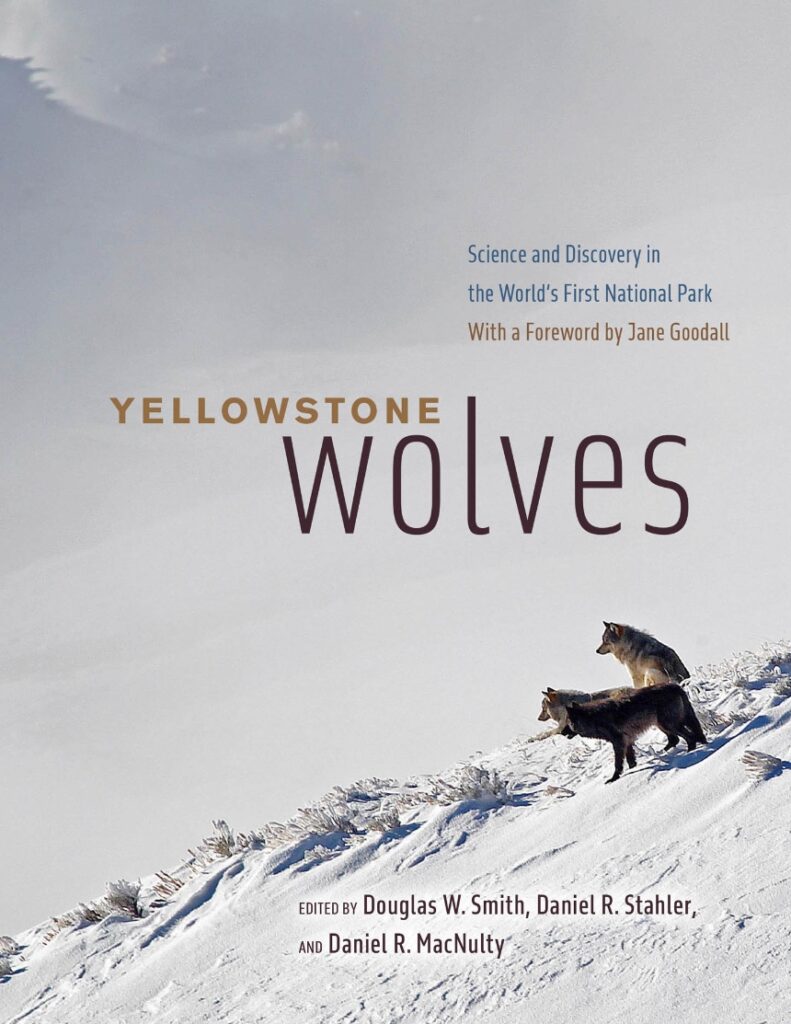
Wolves on the Hunt: The Behavior of Wolves Hunting Wild Prey
